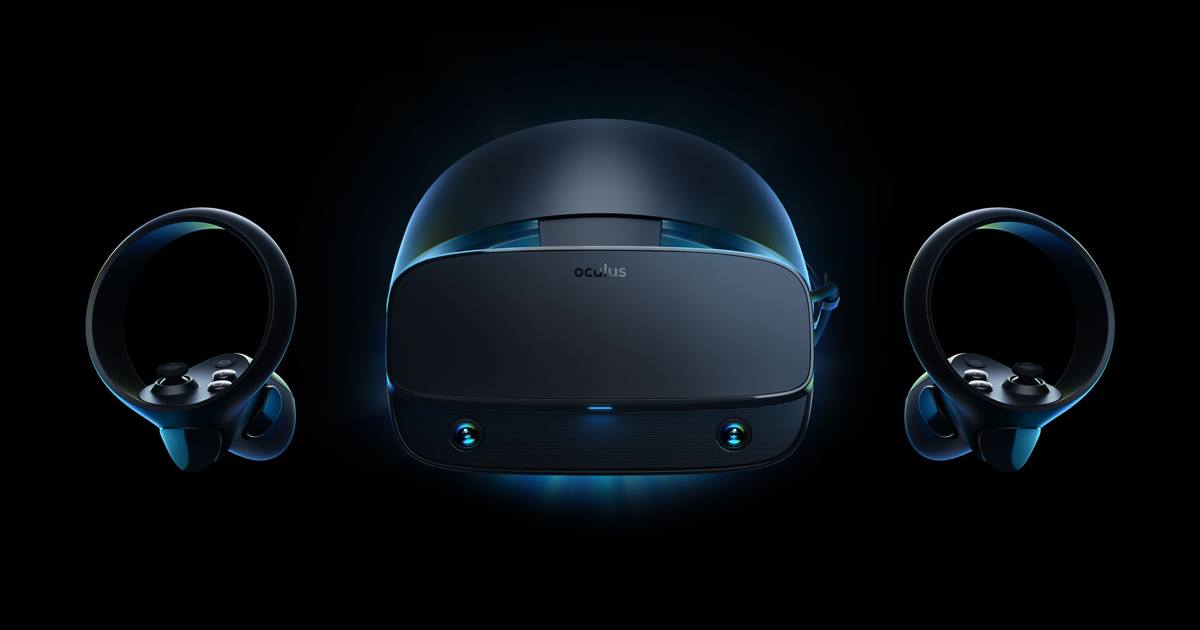Last month we saw a report from TechCrunch with a possible name for Oculus’s next VR headset. ‘Oculus Rift S’ was the name they threw out there in the open for us to attach rumors and speculation to. The Rift S is supposed to have the Insight tracking system, which will debuted first in the Oculus Quest which ships out early next year.
We’ve already had time to think what we all want in the next version of the Rift, but some just are not realistic yet. Eye tracking and foveate rending are out of the question, but we have some ideas that they could really make possible.
Name of this next headset aside, lets go over the 3 things we will hope for (and expect) in the next release.
Price Reduction
Controllers are $200-$300, and that really is expensive. We need a step in this direction. The price mark for most headsets and and a good set of sensors to simulate a real walk-around experience is about $500. The setup itself will need to be simpler, and that will ultimately lead to cheaper prices because the lack of hardware. The insight sensors will make it more like the Samsung Odyssey and other Windows-based headsets.
The Rift S would combine an easy 4 camera set up tracking the controller movement and that gives a wider range of motion than most Window-based VR headsets. The Insight tracking system will also lead it to a more realistic feel and wider range of motions. Not only that, but the set up is quicker and easier.
Minimize PC Specifications
Oculus is already a supporter of the VirtualLink USB-C, and we believe its like that the next Oculus Rift will us it for a more lightweight connection to the PC, and it will all include the adapter inside the box. That would split the more traditional USB and DisplayLink/HDMI connectors.
All in doing this, it leads to ensuring that the Rift 2 would have backward compatibility to every PC that is VR ready. Essentially, if a buyer would like to transition from the Rift to the Rift S, all they would need to do is disconnect a few cords, 4 or 5, and connect to the splitter and the adapter. After that they don’t need the extra sensors that were need for the original Rift, and that frees up a good number of USB ports.
Facebook has already done a lot of work to get to this point, but we don’t expect them to slow down one bit. If they keep this up with reducing the number of ports needed to run a VR headset, it can eliminate a lot of extra space that was taking up. That meaning PC’s can start becoming more compact and space friendly, all of that resulting in a price drop with PC. With PC already ahead of the curve, if you have one from 2016 or newer, you can expect to run the S just as smooth as the Rift, but possibly smoother. That will be based on the technology inside of the S, but PC will not fall behind.
New Lenses
The lenses on the Oculus Rift have always been the weak point, and thats never been a secret to anyone. The lease hide the rings most headsets leave open, which is fine. The problem lies in the diagram shown above. The Rift catches light in such a distracting way for the lenses.
Even the Oculus Go, the first standalone headset from Facebook, had better resolution and a next generation lease system that seemed far superior to the Rift.
Inside-Out positional tracking will be in this next headset as well. This will be possible through the tracking cameras on the headset itself. You will be able to adjust the room lighting as well, or simply to put it on auto and let the cameras adjust themselves.
The last word is that we want a better set of lenses for this next system from Oculus Rift.






























